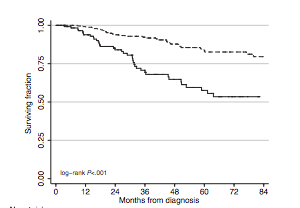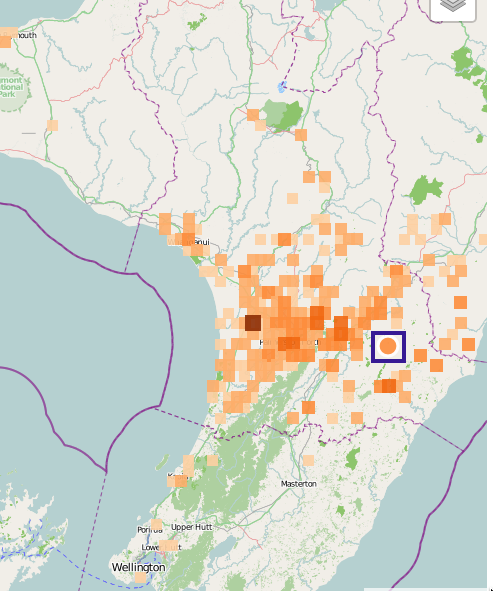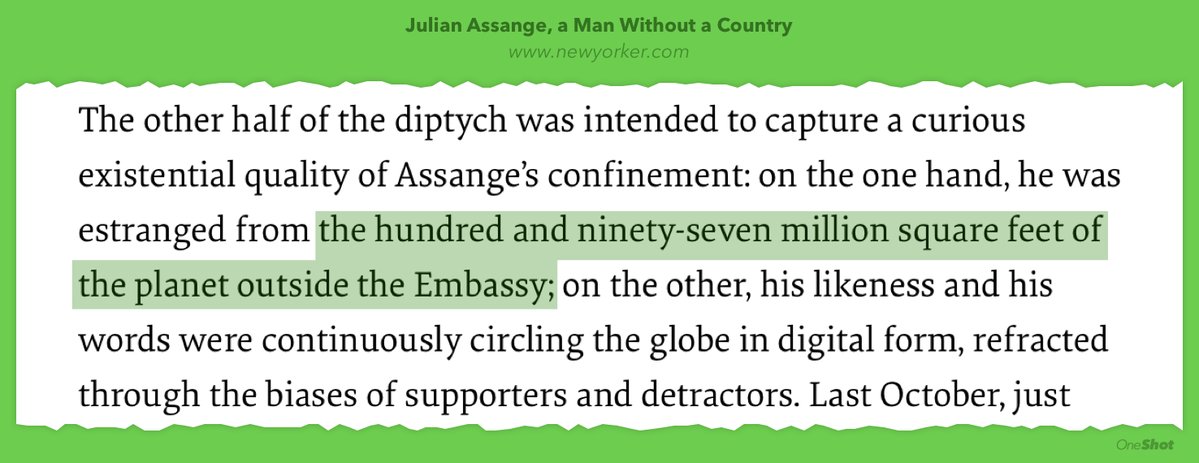Deciding how to vote
There’s a bunch of web pages/apps out there that supposedly help you to decide who to vote for.
On the Fence: This one asks you to move a slider to ‘balance’ competing principles, then works out which party you agree with.
There are some obvious problems. First, the scale isn’t clearly calibrated. If you’re at 50:50 on government vs private-sector roles in providing affordable housing, does that mean you think 50% of it should be state houses, or that it should all be state-owned but built by private sector construction companies, or something vague and woolly?
Second, as lots of people have pointed out, there’s some false dichotomies there, like the privacy:security tradeoff.
Perhaps more important, when there is a genuine tradeoff, it’s a genuine tradeoff. You typically can’t decide it by abstract principle without reference to the facts.
Vote Compass: This one takes advantage of the empirical observation that people’s voting preferences compress fairly well into two dimensions. The questions are much more clearly calibrated: eg, the affordable-housing one is “The government should build affordable housing for Kiwis to buy” with a ‘Strongly agree” to “Strongly disagree” scale.
Most usefully, there’s a tool for you to explore how your position differs from that of the parties on each of the questions, and to reweight the results depending on which issues you care about. Annoyingly, there’s a category “Moral Issues” that includes marijuana legalisation but not the questions about refugees or climate-change or affordable housing
Policy: The Spinoff has a tool that seems philosophically different from the others. It has much more emphasis on comparing actual party policies and less on trying to find out what your ideal party would be. As a result, it’s less useful if you want to be told what you think, but might be more useful if you want to look at specific policies. Whether you do, I suppose, depends on how much you believe the policies — especially from the minor parties, where you’d need to know how the policies rank in their actual negotiating position for coalition or confidence & supply.


